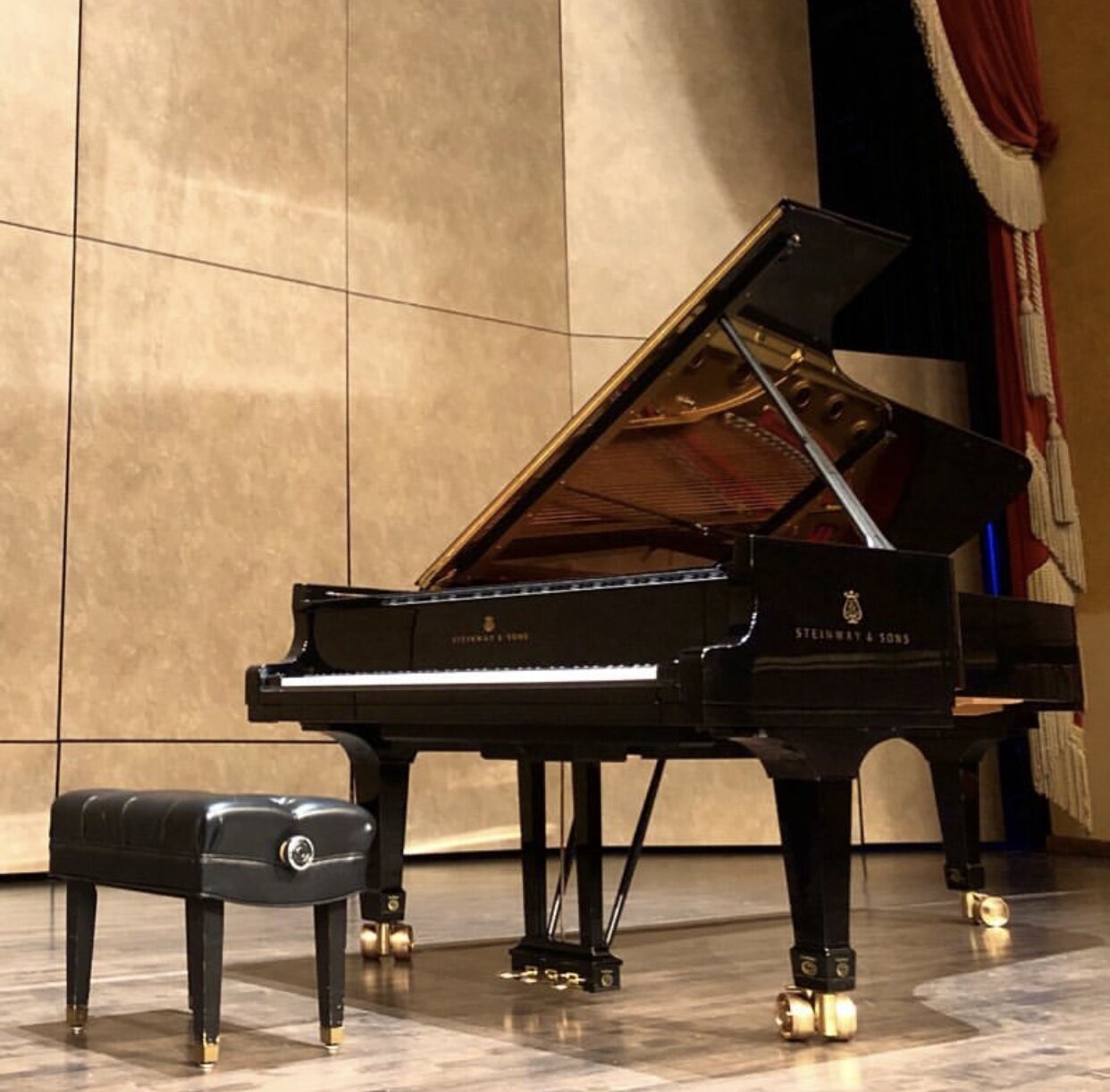Captured on this morning’s run. Learning to fully embrace this collective pause to think, create, and just BE.
““But your solitude will be a support and a home for you, even in the midst of very unfamiliar circumstances, and from it you will find all your paths.””
Exactly one year I wrote in my journal, “There is no despair for one who creates.” Lately, making art (actually, making anything) has been a raft that I can rest upon to save me from the river of despair. And surprisingly enough, I’m realizing how much solitude I’ve needed to reconnect to my creativity in a new and profound way. Disconnecting from the world has given me the opportunity to connect with deeper parts of myself. Silence and solitude have been tools to retreat from the world of push notifications and incessant news and chatter. Solitude has honed my ability to listen, think, compost ideas, and plant new seeds of insight.
Thomas Merton wrote, “The greatest need of our time is to clean out the enormous mass of mental and emotional rubbish that clutters our minds and makes of all political and social life a mass illness. Without this housecleaning, we cannot begin to see. Unless we see, we cannot think.”
Solitude and silence are the towels wiping away the grime and grit from the windows of my life. I see things more clearly now that I have the space to reflect and think without distraction.
I’ve experimented with turning off my WiFi completely at night. Not just putting all my devices on airplane mode- I’ve completely taken it a step further from the advice of a friend, and unplugged the entire router and modem. It’s been a game changer. I’ve had the most restful nights of sleep (last night was day 3), and I’ve experienced multiple dreams per night in detail. I wake up without email or news and begin my day in a mindful, thoughtful way. It has transformed my morning routine and my overall sense of rest and recovery. ‘Unplugging’ has had both physical and mental benefits for me.
This collective pause of shelter in place has had its ups and downs. But I’ve experienced a newfound sense of creativity in the solitude which has kept despair at bay. With everything we’ve lost and are grieving at this time, it’s helpful to remember what we have agency over. We can choose to create. We can choose to make. Make art. Make love. Make meaning. Make memories. Make poems. Make nourishing meals. Make music. Make connections.
Rilke was right- let us build our support and our home from our solitude. And from there, build and cultivate our community and connections with our creativity. There is no room in our home for despair.















